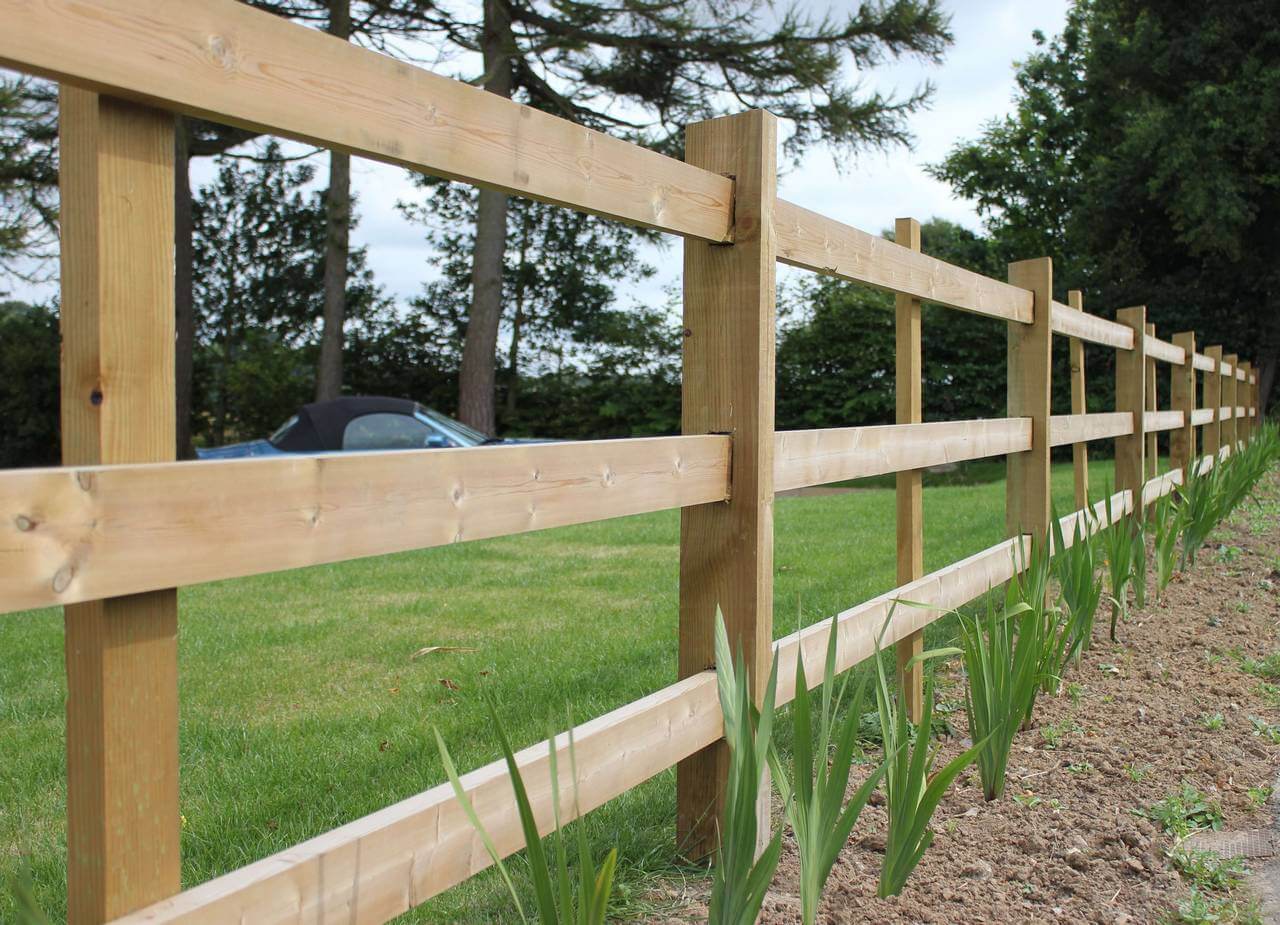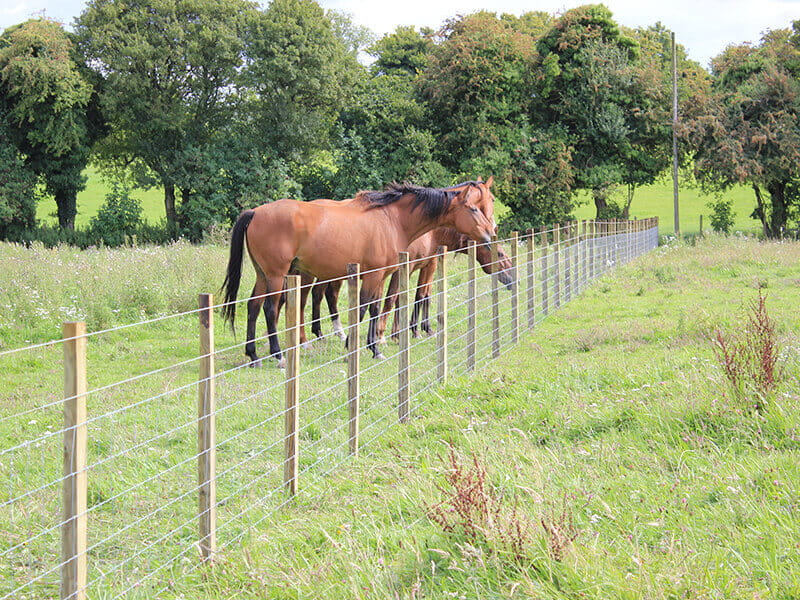17/04/2016 11:00 PM
Choices for Horses - What Fencing is Suitable for Horses?
When looking at fences for horses, there are essentially four main options:
Post and Rail: aesthetically probably the most pleasing and a natural choice for many owners as it blends so well with the natural landscape and is entirely safe. However, some horses may be prone to using the fence as a personal scratching post, or may simply develop a bad habit of leaning on them, which can lead to rails getting snapped. An easy way to prevent this is to run a string of electric on the inside perimeter of the fence, or just above the top rail.

Chain Mesh fencing: a more cost effective option compared to Post and Rail, Chain Mesh Fencing features timber posts and a single horizontal timber rail with chain mesh below. Make sure that the chain mesh is heavily galvanised (Jacksons’ mesh is heavily galvanised as standard) to prevent rusting and deliver a long service life. It is also vital that the apertures for the mesh are small enough to prevent horses getting their hooves caught.

Post and Wire: another cheaper alternative to Post and Rail, but the wire can often cause problems if the appropriate level of tautness is not maintained, allowing horses to lean against the fence line and create possible escape routes. The other key concern with Post and Wire is that when the wire becomes loose, it poses a potential risk of injury to the horse.

Electric Fencing : commonly used for strip grazing and increasingly for main paddocks, although never advisable as a main boundary fence alongside a road. A practical, cost conscious route to creating a secure area but generally not resilient to high winds since the posts are not so effectively secured into the ground, and there is always the risk of the electric supply failing / being stolen (if a portable device is used). Electric fencing also prevents horses from mutual grooming over the fence line.
